Mystic Oud - Pop Art Candle
.jpg)
reinterpreted Scent of History
Perfumed Candle 190g (~50 hours). Vegetable wax based. Cotton wick.
Découvrir le Secret d'Histoire associé à ce produit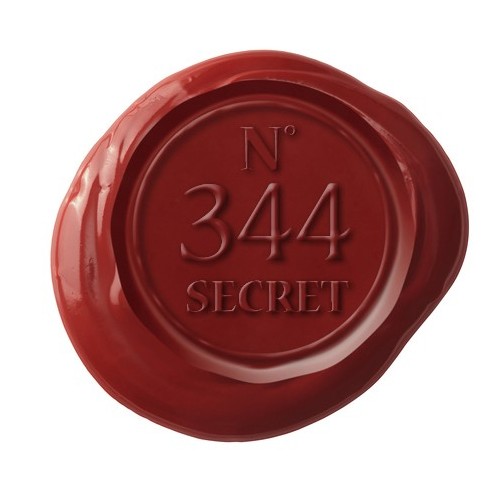
N° 344
The Perfume of the 1001 Nights
At the end of the seventeenth century, the Ottoman Empire excited a real fascination. Orientalist tastes spread and Turkish fashions became established in the French court and in society more broadly. Translations of literary works such as the ‘One Thousand and One Nights’ thus proliferated; turbaned characters began to appear in paintings, in the theatre, in domestic decorations.
Commerce with the East developed with the creation of the French East India Company, established in 1664 by Colbert (controller general of Louis XIV’s finances), to stymie the commercial power of the English and the Dutch.
Vessels set off from the port of Lorient stocked with wines, spirits and precious product of French manufacture. They arrived back eighteen to twenty-two months later, heavily stocked with wood for tinting, porcelain, coffee sacks, cases of tea, cotton fabrics, floral indiennes, silks, spices, medicinal plants and perfumes.
The French East India Company thus contributed to the development of specific markets, such as the perfume market, which began to receive rare essences such as musk, amber, saffron, benzoin resin, patchouli, myrrh, vetiver, sandalwood and agarwood, directly from France, without having to pay the excess charges resulting from purchasing them from Dutch merchants.
The Emissary of the 1001 Nights
In 1669, the Sultan of the Ottoman Empire sent an emissary, Soliman Aga, to deliver an message to King Louis XIV. The King made the emissary wait several months. In 1669, relations between France and the Ottoman Empire are in crisis. The Great Turk, Mehmed IV, sultan of the Ottoman Empire, had imprisoned and dismissed the French ambassador, thus breaking diplomatic relations.It was thus a relief for the King when he learned of the future arrival of Soliman Aga in 1669, who he believed to be the Sultan’s ambassador. This event is of great significance, because it is the first time that an ambassador from the Sublime Porte came to Europe to pay a visit to an Emperor. Louis XIV intended to take advantage of it and demonstrate the power of his Kingdom.
In waiting to be received by the King, Soliman Aga held salon in Paris and organised luxurious receptions, during which he showcased his culture and the one thousand and one products of his country, of which perfumes were afforded a place of prestige. At this time, in the East, perfumes were accorded sacred values and played a major role in the French way of life. Palaces, wall hangings and carpets were all soaked with scents, perfume vapourizers emitting intoxicating clouds of amber and agarwood. All of Parisian aristocracy, greedy for exoticism and blown away by anything that had ‘Oriental features’, thronged at the Emissary’s door, who dominated all of Paris with the refinement of his receptions, worthy of the Thousand and One Nights.
Sensory Essences of the 1001 Nights
Seduced by the oneiric universe displayed with skill and jubilation by Soliman Aga, Parisian society became drunk on the new scents of his distant world.
Among these scents, the heart and flasks of French perfumery were conquered by agarwood essence, considered from the ninth century in the East as one of the most precious essences in perfumery.
Its power to seduce lay in its singular difference to the perfumes used in the court of Louis XIV. But above all, it fascinated with its mythic origins and mystical character.
.
Bibliography
CHAUVIERE André, Parfums et senteurs du grand siècle, Favre, 1999
DONZEL Catherine, Le Parfum, Editions du CHENE, Hachette Livre, 2000
Known in Arabic as « ud » (wood), it has a 3000 year history in the Middle East, China and Japan and is today the world’s most expensive incense.
Complex and pleasing, the odor of agarwood is incredibly refined and sophisticated, yet raw and sensual, and has been surrounded with mysticism throughout History. In the Song of Songs, the Aquilaria tree is one of the trees that grew in the Garden of Eden.
In the New Testament, it is one of the fragrances Nicodemus brought to embalm the body of the Christ. In the Quran, the prophet Muhammad placed the fragrant smoke at the center of paradise. In Japan,it is purchased at a premium price and used for the Buddhist Kôdô ceremony.
Thus, many religions have adopted it as an aromatic sign of divine manifestation, symbolizing the power to purify the body and mind.
olfactive pyramid
Head notes : Rose, orange, bergamot, davana
Heart notes: Saffron, peony, rose, geranium, clove, oud
Base notes : Vanilla, benzoin, vetiver, castoreum, amber, patchouli, sandalwood, myrrh, oak moss
| Weight : | 510g |
Customers who bought this product also bought:
-
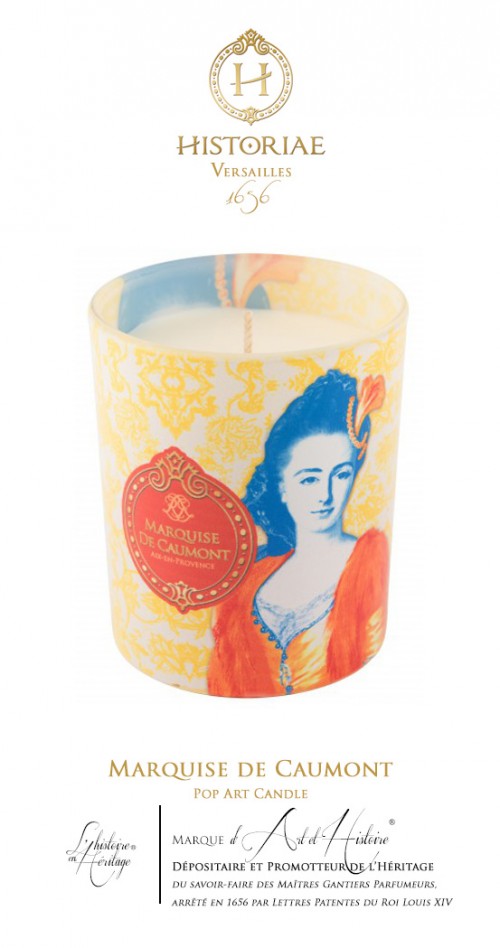
Marquise de Caumont - Pop Art Candle
-
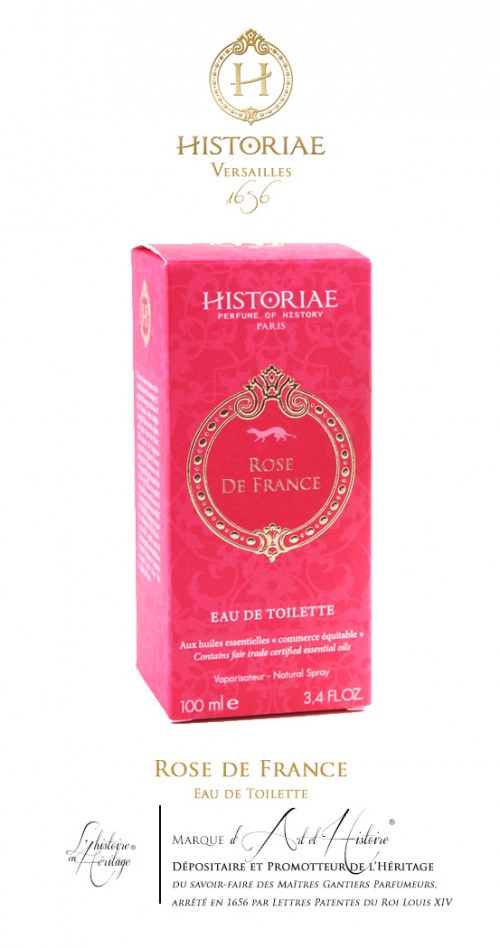
Rose de France - Eau de Toilette
-
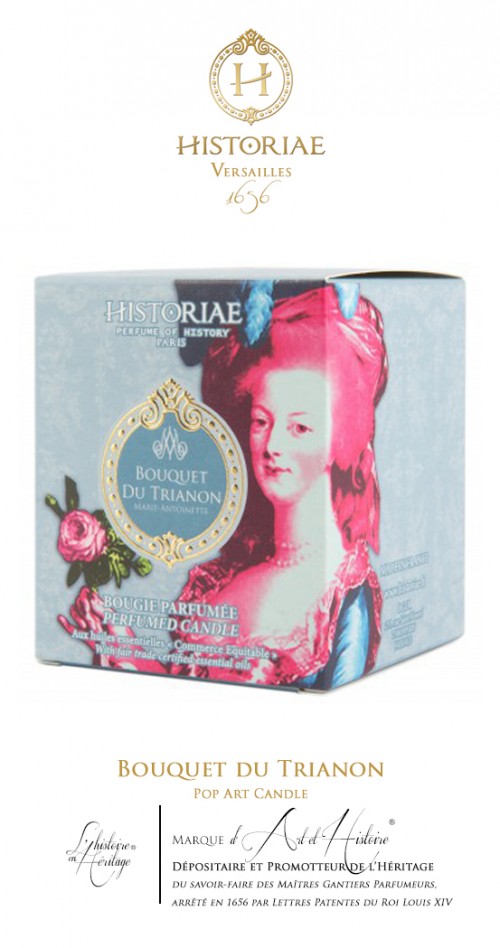
Bouquet du Trianon - Pop Art Candle
-

Orangerie du Roy - Reed Diffuser (Sticks)
-
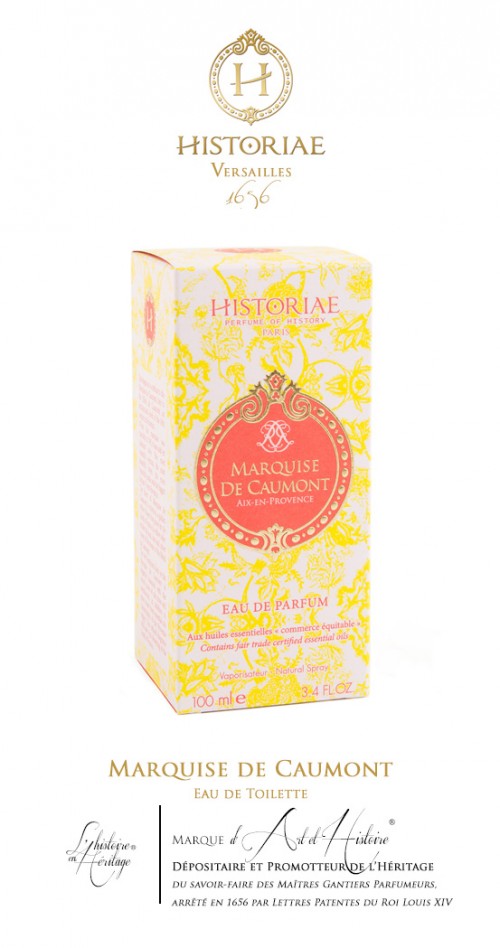
Marquise de Caumont - Eau de Toilette
-
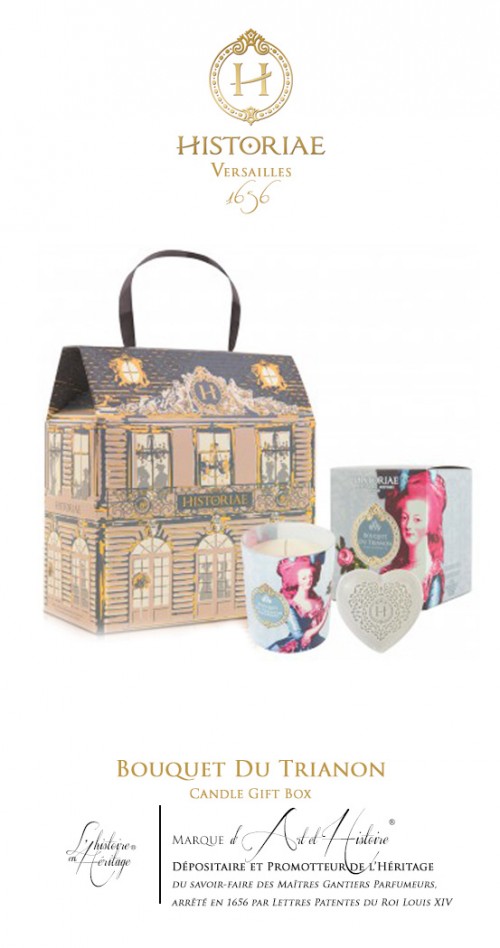
Bouquet du Trianon - Gift Box Scented Candle
-
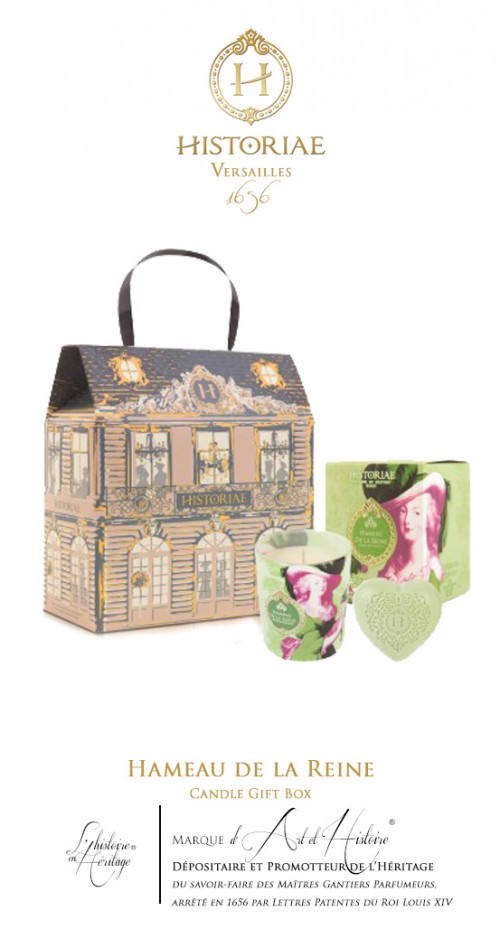
Hameau de la Reine - Candle Gift Box
-
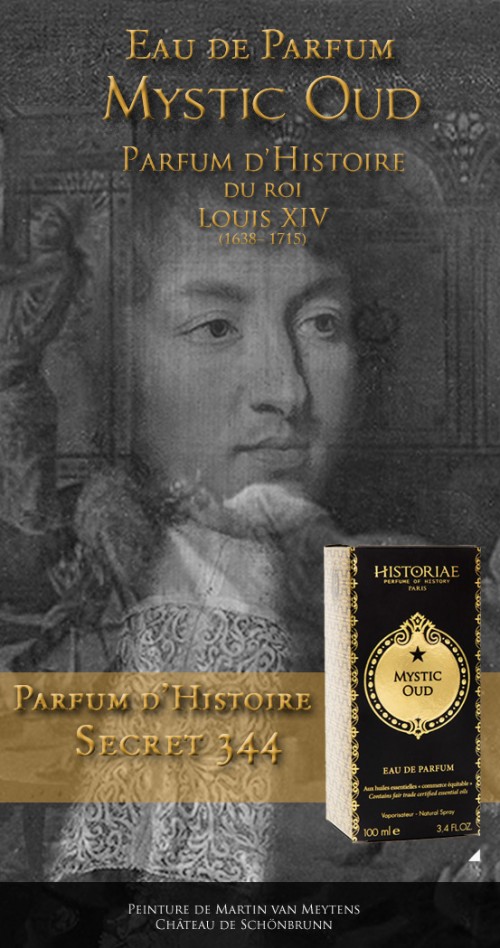
Mystic Oud - Eau de parfum
-
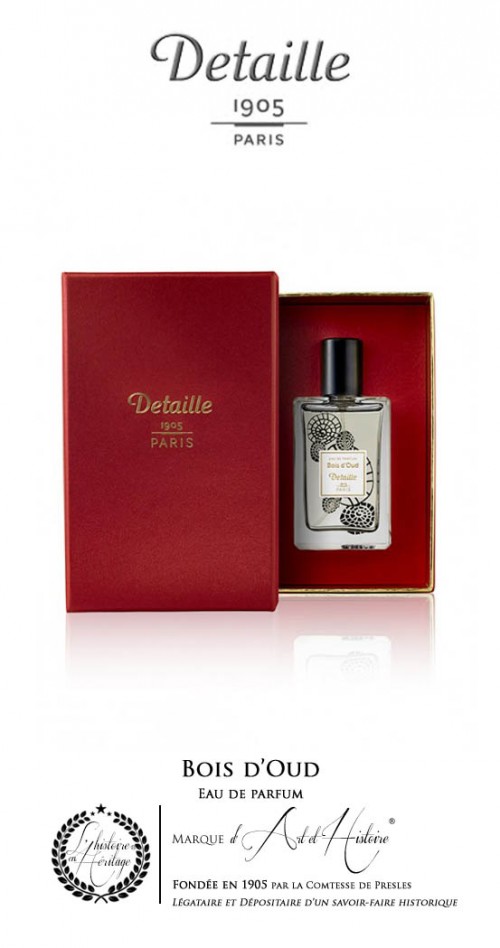
Bois d'Oud - Eau de Parfum
-
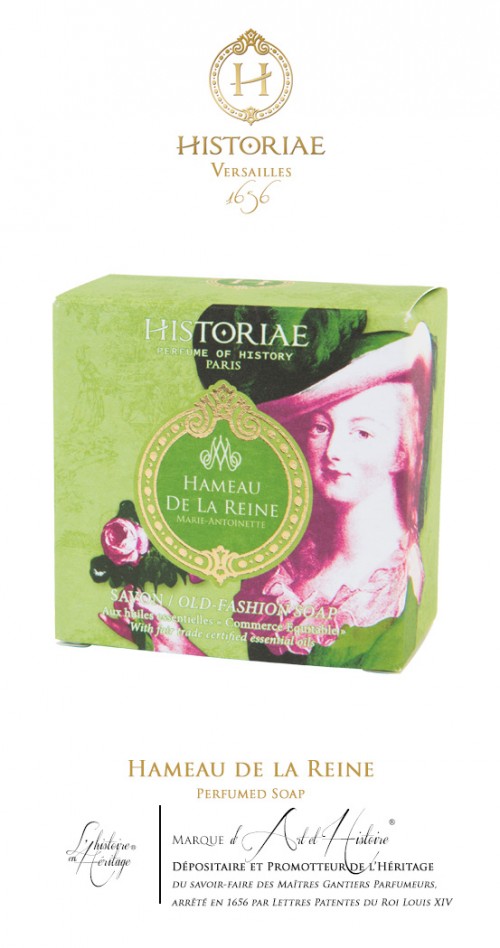
Hameau de la Reine - Perfumed Soap
Autres produits associés à "Objects of History of Louis XIV"
Wishlist
Top sellers
-

Jardin le Nôtre - Eau de Parfum
Reinterpreted Perfume Of History In order to celebrate the fourth...
10,00€ -

Bouquet du Trianon - Eau de Toilette
Reinterpreted Perfume Of History Versailles, 15th of August 1774 Art...
59,00€ -

Orangerie du Roy - Eau de Toilette
reinterpreted Perfumes of History Versailles, September 1rst 1689...
59,00€ -

Rose de France - Perfumed Soap
reinterpreted Scents of History Rose de France plunges us into the...
6,50€
Informations
Manufacturers
Suppliers
Viewed products
-

Mystic Oud - Pop Art Candle
reinterpreted Scent of History Perfumed Candle 190g (~50 hours)....



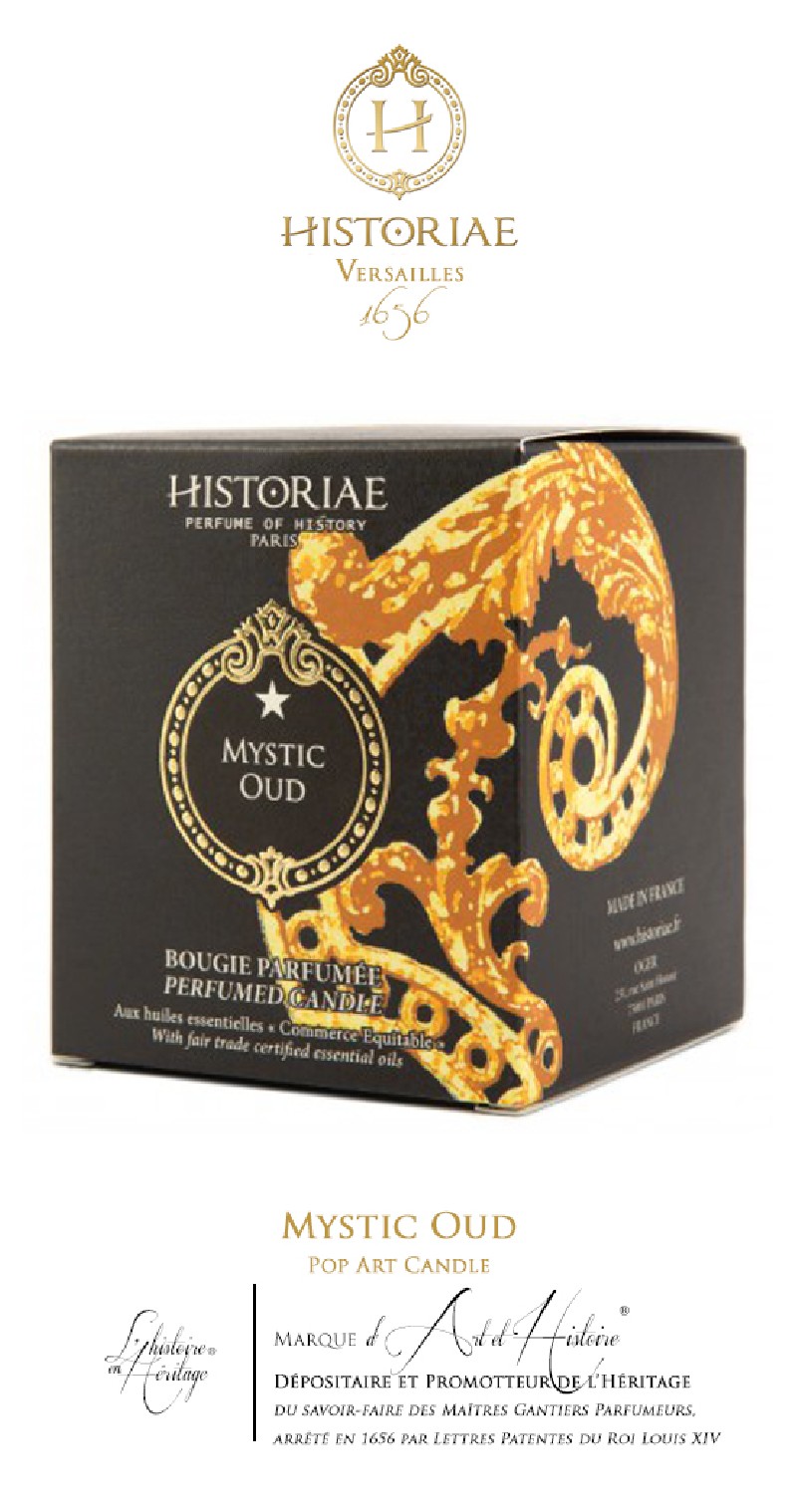



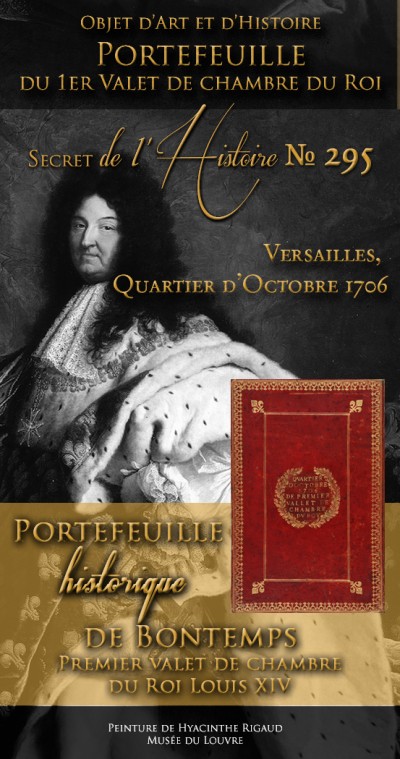
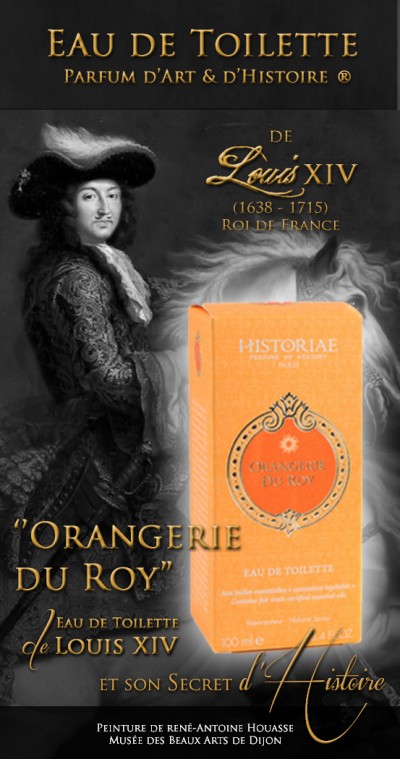
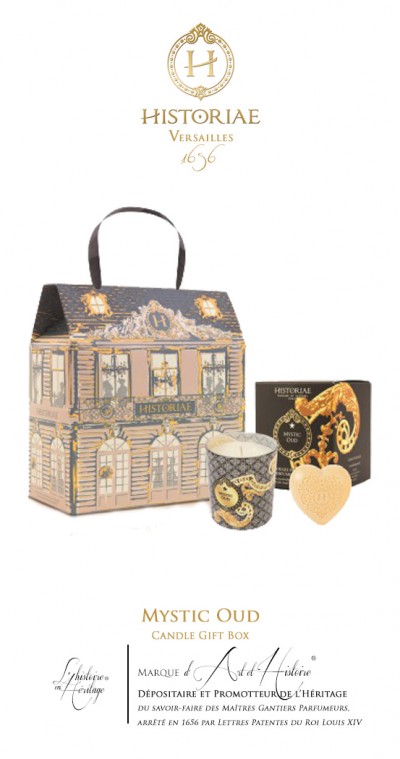
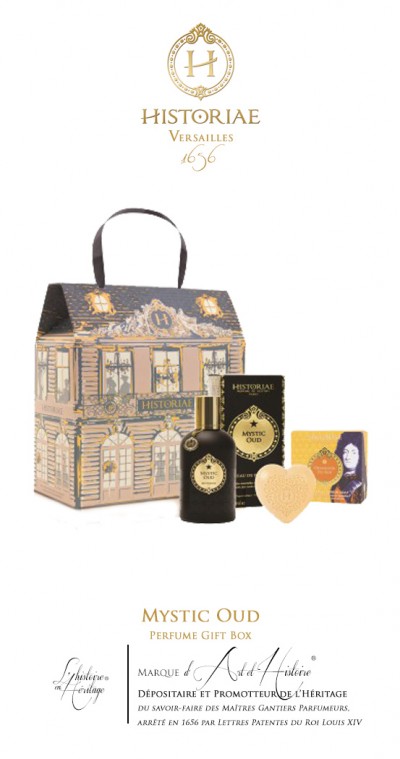
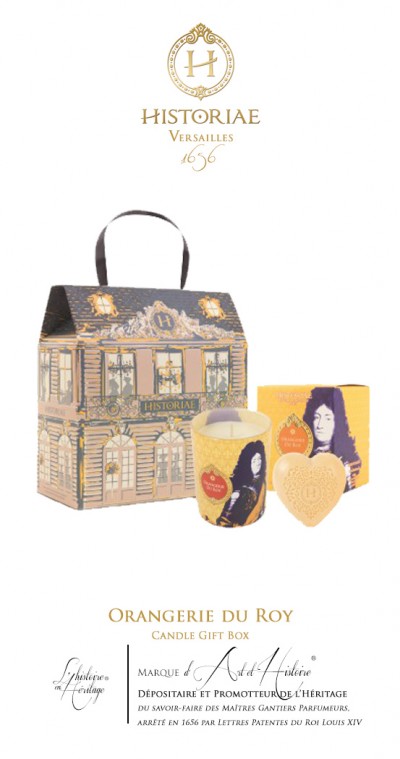
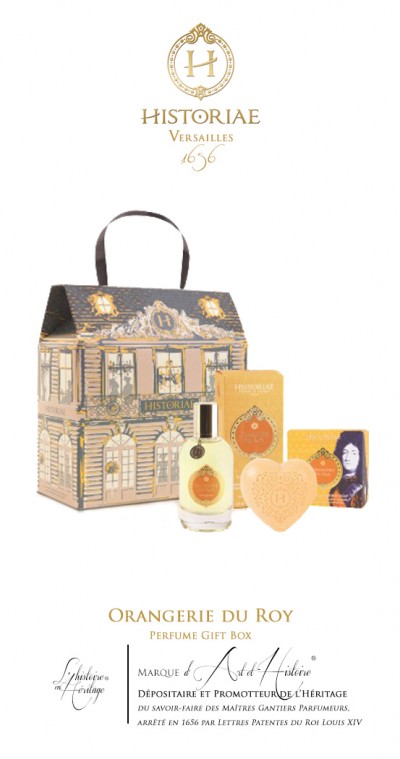
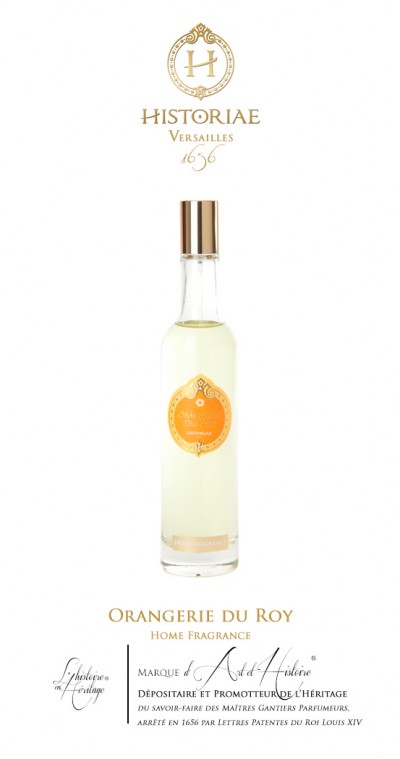
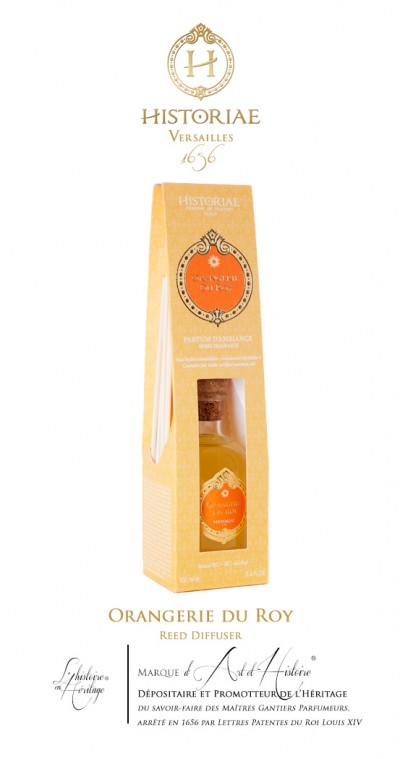
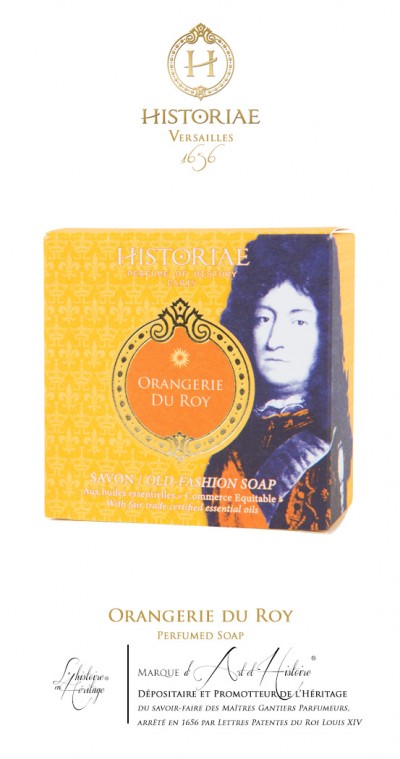
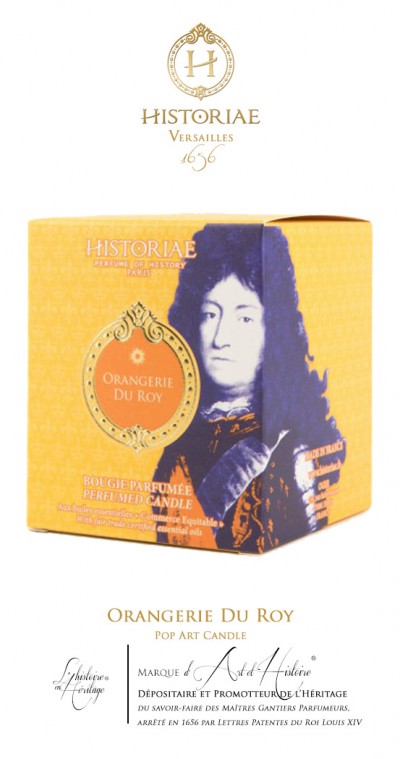
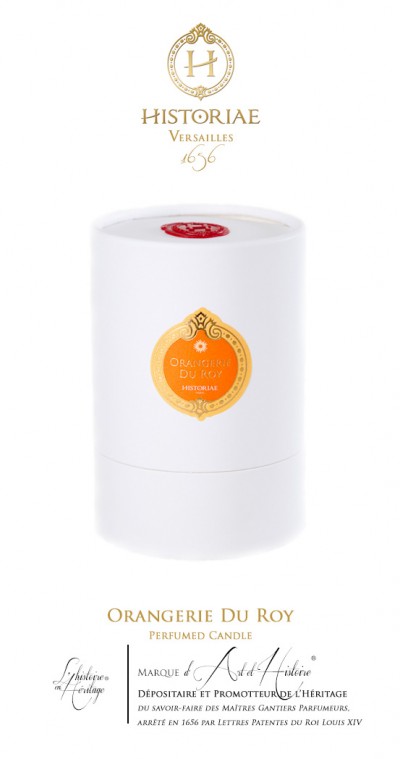
No customer reviews for the moment.